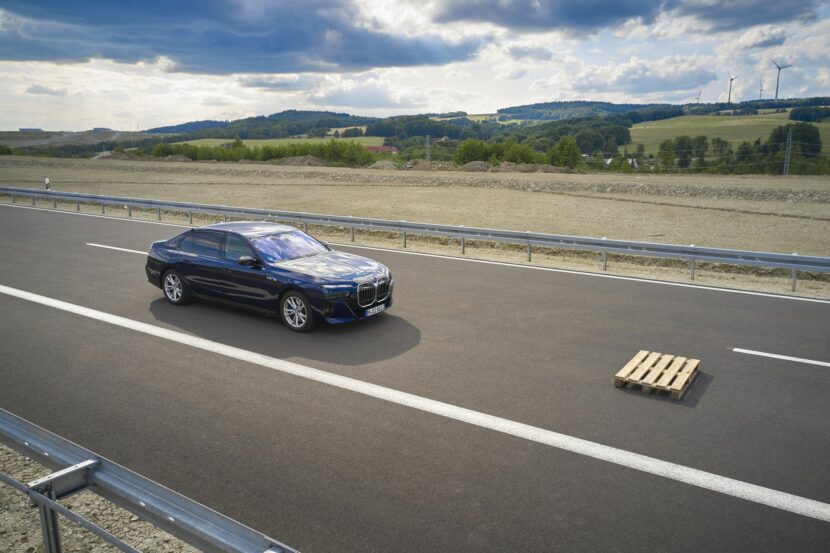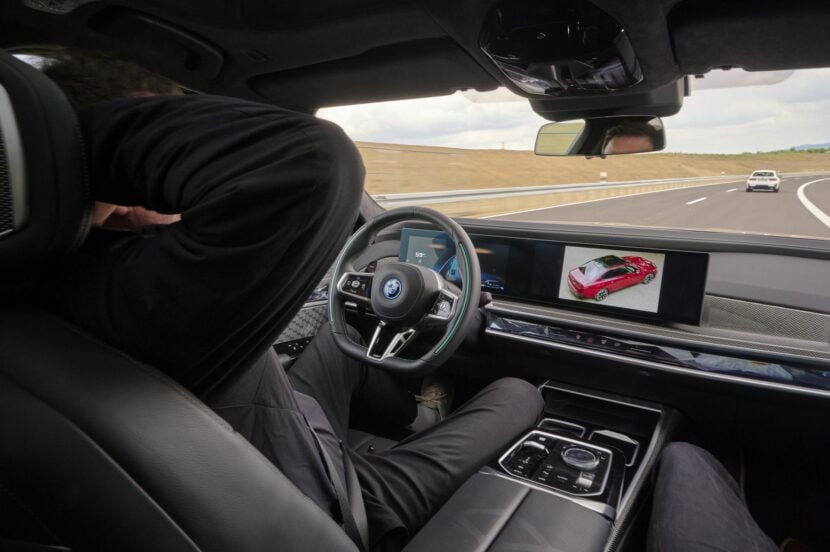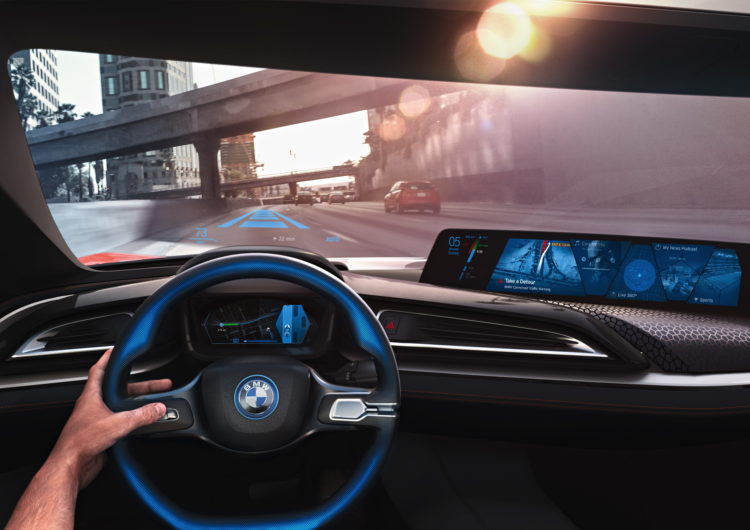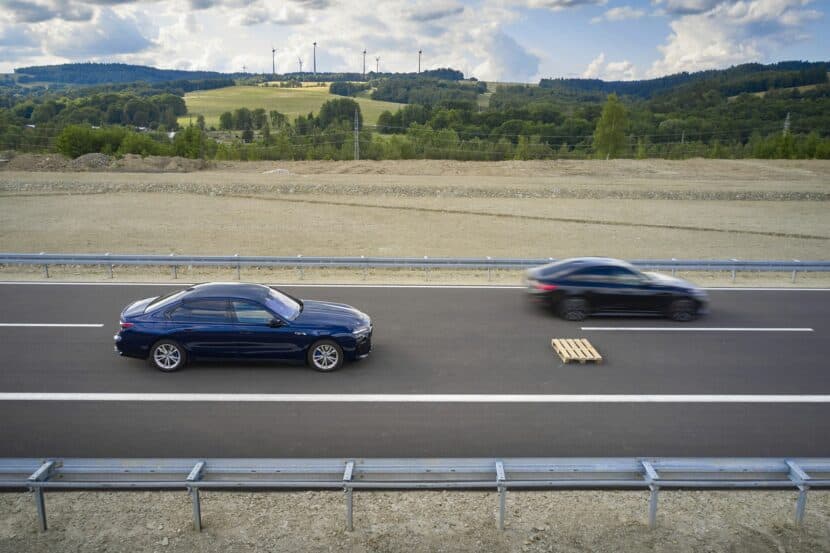BMW is gearing up to introduce Level 3 autonomous driving capabilities later this year, but their ambitions go beyond this milestone. In a recent interview with Dr. Nicolai Martin, Senior Vice President of Development Driving Experience at BMW Group, it was revealed that Level 4 autonomy could be the next frontier for the company. The automotive industry is at a crucial crossroads, with autonomous driving technologies advancing at a rapid pace.
As the demand for self-driving vehicles grows, companies are pushing the boundaries of innovation to achieve Level 4 autonomy, where a vehicle can operate without human intervention in certain conditions. One of the pressing questions in the industry is whether BMW will step up its game and embrace Level 4 autonomous driving features.
The Need for Speed in AI Development
One of the critical factors influencing BMW’s progress in autonomous driving is the speed of AI-driven development. As AI technology evolves, so does the capability of self-driving systems. “For the end customer, the Level 4 offer is depending only on two things: the speed of AI driven development and changing to a transformer-based architecture and better recognition of objects and prediction of the next situation,” says Martin. Furthermore, the Driving Experience boss says that companies like Waymo are leading the way in harnessing the potential of this technology.
Sensor Range and Resolution
Another crucial aspect of autonomous driving is the range and resolution of sensors, particularly LiDAR. LiDAR sensors are instrumental in providing a detailed 3D map of a vehicle’s surroundings, enabling it to navigate safely and accurately. Martin acknowledges the importance of this technology, with upcoming generations of LiDAR sensors promising ranges of up to 800 meters. However, there is currently only one technical solution in the market that offers a glimpse of this capability—Weibo.
Weibo’s Unique Approach
According to Martin, while many companies focus on software development, Weibo has ventured into creating its hardware components, including a 17-megapixel front camera and its own LiDAR system. This unique approach allows Weibo to offer features that others may only achieve in the future. Additionally, they utilize the Google Pixel SOC (System on Chip) and harness the power of data and AI through their cloud services, positioning them as a formidable contender in the autonomous driving arena.
How Is Level 4 Defined?
Before delving into the definition, it’s essential to understand the differences between Level 2+, Level 3 and Level 4 autonomy. Level 2+, often humorously referred to as “Level 2.9” represents a step closer to Level 3, where the vehicle assumes overall responsibility, but it’s not quite there yet. From a technical perspective, Level 2.9 is remarkably close to Level 3, requiring no additional system steps.
One of the key distinctions between Level 3 and Level 4 autonomy lies in the ability to handle situations where the driver must re-engage with the vehicle. Level 3 allows the driver to disengage temporarily and then take over if necessary. However, Level 4 aims to enable longer periods of disengagement, making it possible for the driver to be less readily available for takeover.
“Level 4 autonomy on the highway offers exciting prospects,” says Martin. “It is designed to handle specific, challenging situations, such as sudden construction zones with narrower lanes, emergencies, or even pop-up concerts,” he adds. “While Level 3 systems are more straightforward, Level 4 promises to tackle these scenarios with ease.”
Martin envisions a future where, upon entering the highway, the driver can push a button and essentially “enter a train,” with the system taking over. When exiting onto urban roads, the driver regains control. The time taken for this transition can vary, from mere minutes to hours, depending on the situation.
Urban Challenges and Infrastructure
Will we ever see Level 3 or Level 4 features inside city centers? “The feasibility of Level 4 in urban environments depends on the local infrastructure,” Martin told us. In cities designed for autonomous driving, like some smart cities in China, with separated pedestrian zones and slower speeds, Level 4 might be nearly as easy as highway driving. However, in complex urban settings like downtown Rome, challenges abound. The transition to Level 4 in these areas raises questions about safety, infrastructure, and regulatory readiness.
The Path Forward for BMW
For BMW to offer Level 4 autonomous driving features to end customers, it must not only keep pace with Weibo but also compete with other global players like Pony.AI in China and Cruise Automation. These companies already possess significant AI competences and are rapidly advancing their autonomous driving capabilities. The timeline for achieving Level 4 autonomy may be closer to the end of this decade, about a decade later than initially anticipated, due to the complexities of AI development and sensor technology.




